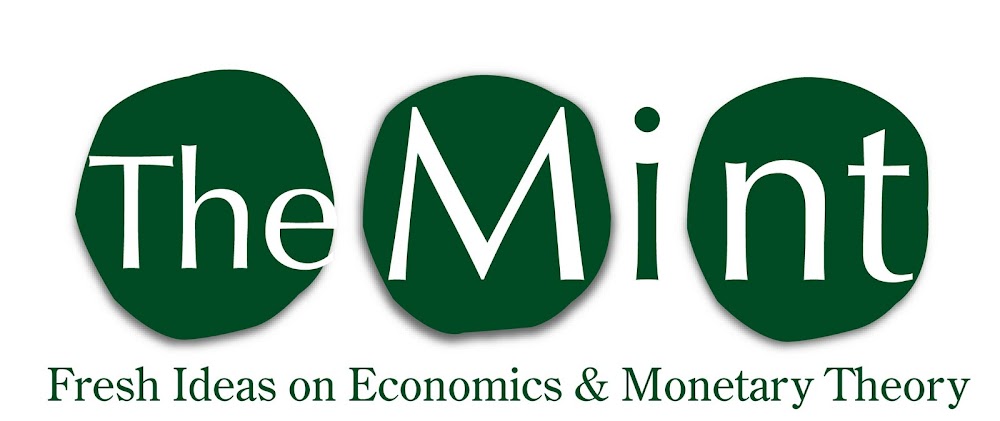10/5/2011 Portland, Oregon - Pop in your mints…
In Europe, the sumo wrestlers have resumed their battle royal on the edge of the cliff. In this metaphor, the wrestlers conveniently represent the various banks, semi-sovereign governments, central banks, and other unproductive, parasitic organizations with the words “Monetary Fund” in their name.
Up until now, with the exception of some jeering from the spectators, the battle royal has been good natured fun. Each time one of the wrestlers has tumbled towards the cliff, several of his benevolent fellow competitors have come to his rescue.
First Greece, then Ireland, Northern Rock, Anglo-Irish, and The Bank of Ireland. Now Alpha, Spain, Caja del Sol, Portugal, Italy, and Dexia.
Each time, they get up, dust each other off, and go back at it.
But the competitors are getting weary, as are the spectators. With each new stumble towards the cliff, more competitors and even some spectators are required to jump in to avert certain disaster. If this continues, when one of the weary wrestlers finally tumbles over the cliff, it is increasingly likely that he will take the rest of his competitors and a decent number of well meaning spectators over the edge with him.
Now things are starting to get interesting as BNP Paribas, SocGen, and France herself began to stumble towards the edge. Who will save them? Certainly not the Swiss National Bank, which last month stumbled to the edge of the ring and ironically may be the first to fall off.
Any sober observer will quickly point out that this is an insane pastime. Why would a group of sweaty fat men repeatedly try to push each other from a ring along the edge of a cliff?
 |
| Why ask Why? Just stay away from the Edge! |
We can only venture a guess, and our guess is along the lines of “they somehow believe that they must.”
People and institutions are trained to make decisions regarding money based on the assumption that money in and of itself has value. This assumption, under which the world currently toils, was debased along with the US Dollar back in 1971. Money today has very little in common with the money our fathers grew up with. Peter Schiff, the outspoken CEO of Euro Pacific Capital, has gone as far as to call modern currencies the “hidden portfolio risk.”
Our father’s money was based on the assumption that men were dishonest, and what they used as money (gold and silver) served to keep them honest. Today, money is widely assumed to be honest, a fact which has served to make a great number of men dishonest.
Debt is not money, the proof
The only way that the illusion that debt is money can be perpetuated is when debt, and therefore the perceived money supply, is increasing. First of all, who has ever been known to turn down free money? When the exponential increase in the perceived money supply is occurring, it creates the welcome illusion of wealth.
Second, people quickly learn that the easiest way to make money is to position oneself as close as possible to the creation of new debt. This is essentially the business model of Goldman Sachs and every other consumer and investment bank on the planet.
The money is so easy that no one stops to consider what would happen if aggregate debt were to begin to decrease, in turn decreasing the money supply by the same multiples with which it was created.
It will never happen, right? People will never turn down free or almost free money.
Yet they are. It turns out that people have a propensity for austerity when they have no choice. If money were based on something real, austerity would be extremely healthy for the economy which would be accumulating a capital base from which to make the next series of technological advances.
In the current, insane, debt is money currency regime austerity (the reduction of aggregate debt) removes the life blood from the monetary system and causes the underlying economy to die a slow, then sudden and altogether painful, death.
The mirage of the debt fueled economy quickly vaporizes and the debtors and creditors in the system find themselves in the middle of an economic desert with a long road ahead of them.
There will be much struggle along the way, and their only hope is to walk together.
Stay tuned and Trust Jesus.
Stay Fresh!
Email: davidminteconomics@gmail.com
P.S. For more ideas and commentary please check out The Mint at http://www.davidmint.com/
Key Indicators for October 5, 2011
Corn Price per Bushel: $6.05
10 Yr US Treasury Bond: 1.91%
FED Target Rate: 0.08% ON AUTOPILOT, THE FED IS DEAD!
10 Yr US Treasury Bond: 1.91%
FED Target Rate: 0.08% ON AUTOPILOT, THE FED IS DEAD!
Gold Price Per Ounce: $1,640 PERMANENT UNCERTAINTY
MINT Perceived Target Rate*: 2.00%
Unemployment Rate: 9.1%
Inflation Rate (CPI): 0.4%!!! UP UP UP!!!
Dow Jones Industrial Average: 10,940
Unemployment Rate: 9.1%
Inflation Rate (CPI): 0.4%!!! UP UP UP!!!
Dow Jones Industrial Average: 10,940
M1 Monetary Base: $2,052,100,000,000 RED ALERT!!!
M2 Monetary Base: $9,511,300,000,000 YIKES!!!!!!!
M2 Monetary Base: $9,511,300,000,000 YIKES!!!!!!!

No comments:
Post a Comment